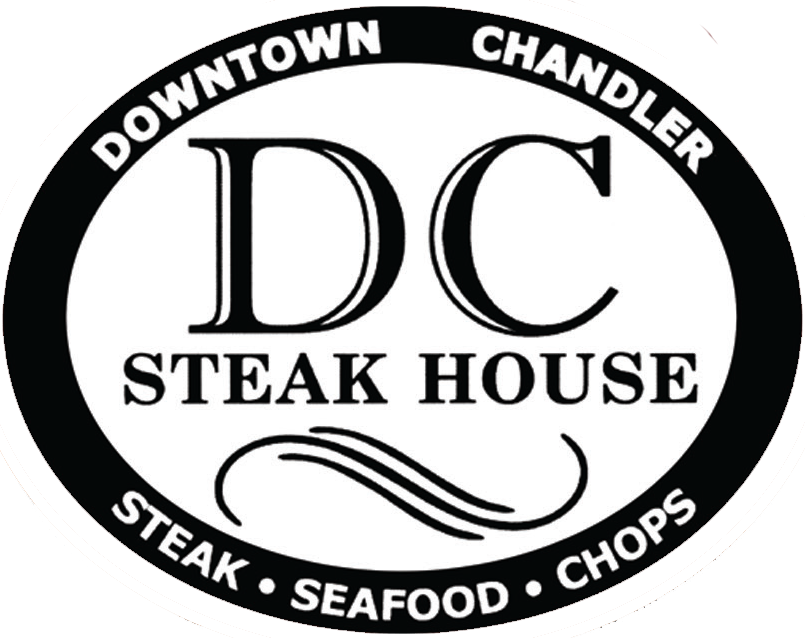The History of Steak
Often considered an American classic, steak did not put down roots in the United States until late in the game. The history of steak is a long tale, and it did not always include beef! The term “steak” is most often used to describe a cut of meat off the flank of a large animal. This term is not limited to meat from animals like cattle, deer, buffalo, or kangaroos—it can also be used to refer to fish, ostrich, and even mushrooms.
So what is the history of steak? And how did the term come to be used when referring to beef? Read on to learn more about the history of our favorite food here at DC STEAKHOUSE.
The Origins of Steak
The word “steak” has origins in both Scandinavia and Italy from around the 15th century. In Scandinavia they would enjoy a nice “steikja” and in Italy, a “bistecca.” These cuts of hindquarters meat were prepared in similar ways. Either grilled or fried, depending on personal preference, they were most likely served with beer or wine. This delicious practice spread throughout Europe, with a “steak” referring to a hindquarters cut of whatever meat was readily available.
You might be thinking, “What? I would be very upset if I ordered a steak on a date night and got alligator or goat instead of beef!” We get it—and while it is common in other places in the world to ask for a beefsteak, a tuna steak, or something else, here in the U.S. we usually only have to specify when we DON’T WANT beef.
Beefsteak in the United States
Introduced in small numbers to North America by the Spanish, cattle had not been popular outside of Spanish-controlled territories. So what changed? During the 1800’s population booms had people moving from the cramped coasts to locations further inland. With rolling plains and nothing but space, the people who settled started farms, often feeding those in the cities who did not have space, time, or will to grow their own foods.
In the cities, industrial processing was picking up steam (literally). With less time to spend at home cooking, the need for places that cooked your meals for you was becoming more common. And along with the higher demand for consistent sources of meat, people turned to cattle. They became the most popular animals to raise for meat, because of the abundance of grass on the plain and their ability to grow large very quickly. The American demand for meat gave us ranchers, cowboys, and steak.
Convenience vs. Fine Dining
The prices of convenience dining in hotels, taverns, and teahouses back in the day ranged greatly. Fine dining experiences were considered rare outside of hotels. It wasn’t until the late 1800’s that restaurants and fine dining establishments could be found locally. Some of the most popular kitchens were known for their remarkable steaks, and most likely would have been considered high-end steakhouses by today’s standards. One such example is the Delmonico (est. 1827 in New York) which still has its own cut of steak named after it.
Fine Dining Right Here in Chandler, Arizona
Luckily for those living in or visiting Chandler, Arizona fine dining is just a reservation away. Here at DC STEAKHOUSE we pride ourselves on serving the best cuts of beef steak, always fresh and prepared to order. With dozens of pairings for wine or beer and an amazing selection of appetizers, you are sure to have a remarkable meal. Online reservations are encouraged, but please contact us if you have any questions about our menu.
Images used under creative commons license - commercial use (2/29/24). Photo by Ric Matkowski on Unsplash.
